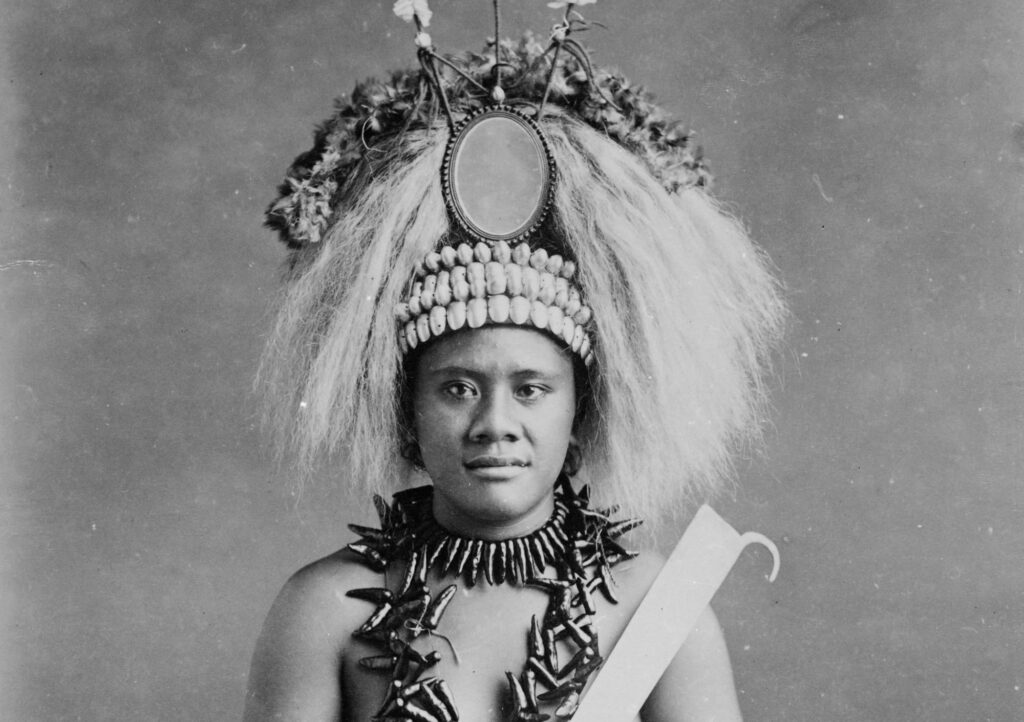Adolescence as a Social Category

In this unit (to accompany SAPIENS podcast S6E1), students will examine the idea of adolescence as a focus of anthropological research and investigate the creation of the social category of adolescence. Students will explore Margaret Mead’s ideas and contentions about adolescence that resulted from her work in American Samoa.
- Investigate the emergence of adolescence as a social category in the 20th century and discuss how anthropologists have studied it.
- Assess Margaret Mead’s ideas about adolescence.
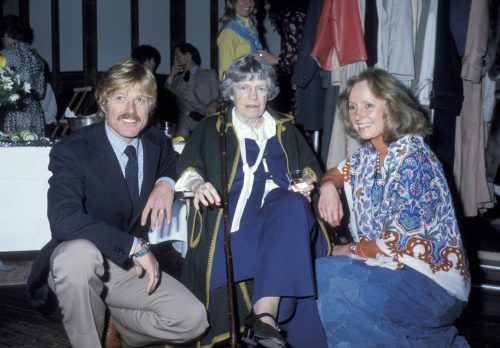
Margaret Mead Imagined Different Futures

What Industrial Societies Get Wrong About Childhood

To Raise Children, We Must First Raise Parents

Inside Russia’s Campaign to Steal and Indoctrinate Ukrainian Children
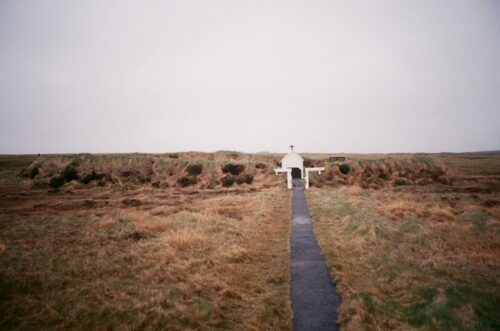
Buried in the Shadows, Ireland’s Unconsecrated Dead
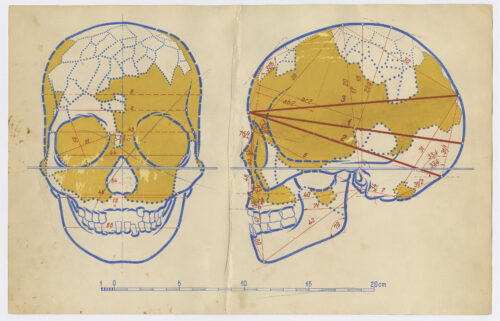
Learning From Snapshots of Lost Fossils
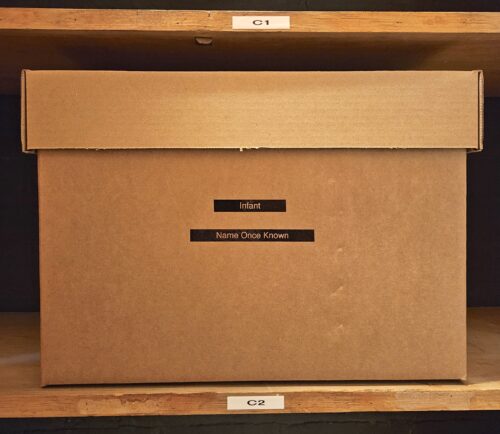
Infant, Name Once Known

Raising My Children in an Ableist World

Want to Make Academic Writing More Readable? Ask a High School Student.

How Virtual Reality Is Restoring Liberia’s Culture

Connecting Local Communities to Paleoanthropology in Kenya
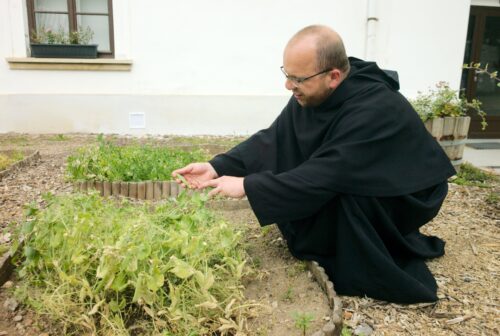
People Are Not Peas—Why Genetics Education Needs an Overhaul
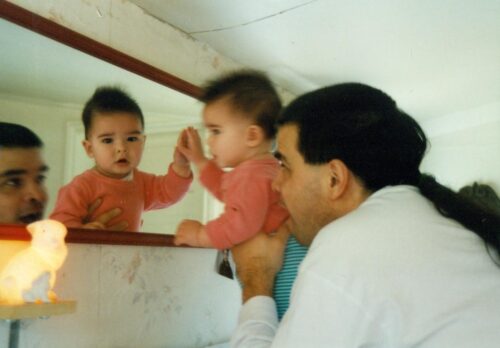
Finding Our Way Forward—by Remembering

Speaking Truth to Israel Requires More Than Academic Freedom

How Heavy Metal Fuels Indigenous Revival in Patagonia

Tallahassee Ghazal

Emic/Etic

Five Reasons Why Trump Won Again

Finding Our Way Forward—by Remembering

Griko’s Poetic Whisper
-
The phase of biological and social growth during which the transition from childhood to adulthood occurs, typically from age 10 through the early 20s.
-
A 1928 book written by American anthropologist Margaret Mead that focuses on her research on adolescence in American Samoan culture.
-
A debate involving the extent to which particular aspects of behavior are a direct result of biology (sometimes referred to as genetic predisposition) or learned influences.
-
The sociocultural identities associated with erotic thoughts and practices and the complex experiences humans have regarding their bodies and perceptions of gender.
- Adolescence has only been identified as a stage of development separate from childhood since the late 19th/early 20th century. Prior to this time, and in most cultural contexts, people were categorized as either children or adults. Explain how anthropologists have approached the study of adolescence as a social category and the ways in which the anthropological study of adolescence has changed over the past 100 years.
- The era in which Mead came of age was a time of significant change for women and women’s rights in the United States and elsewhere. Women in the United States gained the right to vote in 1920, when Mead was 19 years old. Despite these changes, American women were still operating within a political, economic, and social world dominated by men. Lead students in a discussion about how the events and trends of the time may have impacted Mead’s choices and area of study.
- Mead studied under the tutelage of anthropologist Franz Boas and believed that the environment and culture in which a person grows up influences their personality. Present students with this statement: Personality is never a result of nature; it is only from nurture, which refers to the environment and culture surrounding a person’s upbringing. Discuss with students how this claim can be affirmed or negated.
- Mead spent a significant amount of time in American Samoa, engaging in its culture and practices. She interviewed adolescent girls as part of her research and wrote about her findings in her well-known book Coming of Age in Samoa. Ask students to compare the observations she made about adolescence in American Samoa with the stresses of adolescence they see or have experienced in the United States today.
- Mead said, “Human nature is almost unbelievably malleable, responding accurately and contrastingly to contrasting cultural conditions.” Give examples of how cultural conditions mold human nature and influence personalities. Discuss with students the examples Mead saw in her research that may have influenced her views and led to her conclusions about the malleability of human nature. Ask students to discuss if they believe this statement is true about all stages of life.
-
Freeman, Derek. 2000. “Margaret Mead’s Coming of Age in Samoa and Boasian Culturalism.” Politics and the Life Sciences 19 (1): 101–103.
-
Sanday, Peggy Reeves. 1980. “Margaret Mead’s View of Sex Roles in Her Own and Other Societies.” American Anthropologist 82 (2): 340–348.
-
Zorbaugh, Harvey W., and L. Virgil Payne. 1935. “Adolescence: Psychosis or Social Adjustment?” Journal of Educational Sociology 8 (6): 371–377.
- Why should adolescence be considered a cultural category of interest in terms of anthropological study?
- Why have few anthropological studies focused on adolescence?
- What are the major contributions Mead made to the anthropological study of adolescence?
- What elements of biological and emotional development set adolescence apart as a focus of anthropological study?
- The nature versus nurture debate centers on whether it is genetically inherited traits or environmental and cultural influences that are more impactful in the development of personality. Take a side (nature or nurture) and create a case consisting of a claim supported by three points. Then indicate whether Mead would agree or disagree with your case and why.
- In a two-page essay, outline Mead’s assumptions, observations, and conclusions about adolescent girls based on her time in American Samoa.
- G. Stanley Hall was one of the first psychologists to study and identify adolescence as a physiological stage. He contended that adolescent behavior was related to physiological changes. He described the turbulence of the stage as Sturm und Drang (storm and stress), which ends with the dawn of adulthood. Create a table or other graphic to compare this view with that of Mead.
-
Article: Gary Schwartz and Don Merten’s “The Language of Adolescence: An Anthropological Approach to the Youth Culture”
-
Article: Meredith W. Reiches’ “Adolescence as a Biocultural Life History Transition”
-
Article: Suet Lin Hung and Kwok Kin Fung’s “Social Constructionist View of Adolescence”
-
Book: Margaret Mead’s Coming of Age in Samoa
-
Video: Adriana Galván’s The Adolescent Brain: A Thriving Look
Aimee L. Richards, Freedom Learning Group
Margaret Mead’s Ethnographic Work in Samoa
